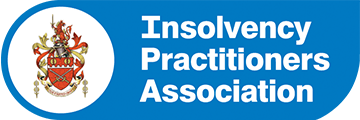3. Rebuild your credit rating – While you may have no desire to take out credit for the time being, there may be a time in the future when this is needed such as when you want to take out a mobile phone contract or a mortgage to fund a house purchase. It is therefore important that you look to rebuild your credit worthiness as soon as possible. This can be done in a number of ways
- The number one thing you should do is to ensure you to keep up repayments on any current financial arrangements you have which were not included in the Trust Deed, such as a mortgage and your household bills.
- You should also ensure that you remain in credit in your current account and not do go over any agreed overdraft limits.
- The next suggestion requires a lot of discipline, and you should only do this when you feel ready to handle credit again. A great way to rebuild your credit score is to apply for a basic credit card. Due to your credit history, this will typically be a card with a low credit limit and a high rate of interest. The goal with this card is to spend a small amount of money on it, money you would have spent anyway, such as a weekly shop or your commuting costs into work. You must then ensure you pay the entire amount off when it is due. This way you will not be charged any interest. This behaviour will help reassure other lenders that you are now managing your money in a more sensible way. The major warning with this approach is that if you fail to pay this card off, the interest will quickly mount, and you will do serious further damage to your credit rating so think carefully before going down this route.
Your Trust Deed will remain on your credit file for a total of six years. When the six years are up, any reference to it falls off your record, and by following the steps above, you will hopefully be left with a healthy credit rating.
Considering a Trust Deed?
If you are considering a trust deed as a solution to your current problems, contact Scotland Debt Solutions today.
We will talk you through the whole process and ensure you understand the pros and cons. Once you have entered into a trust deed with us, we will contact your creditors and let them know of this decision. We will ensure that all communication between yourself and those you owe money to goes through us rather than you. This will mean all threatening letters and phone calls chasing you for money will stop.
Call the team at Scotland Debt Solutions today and start looking forward to a debt-free future.





